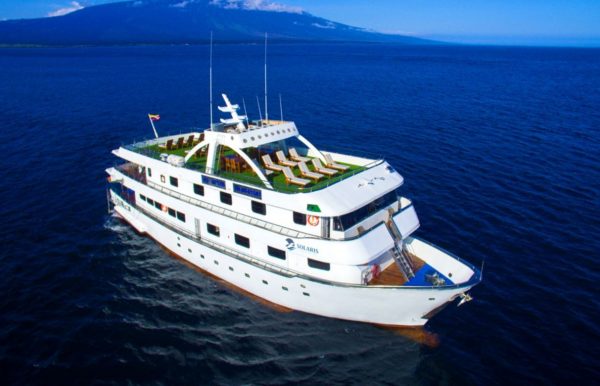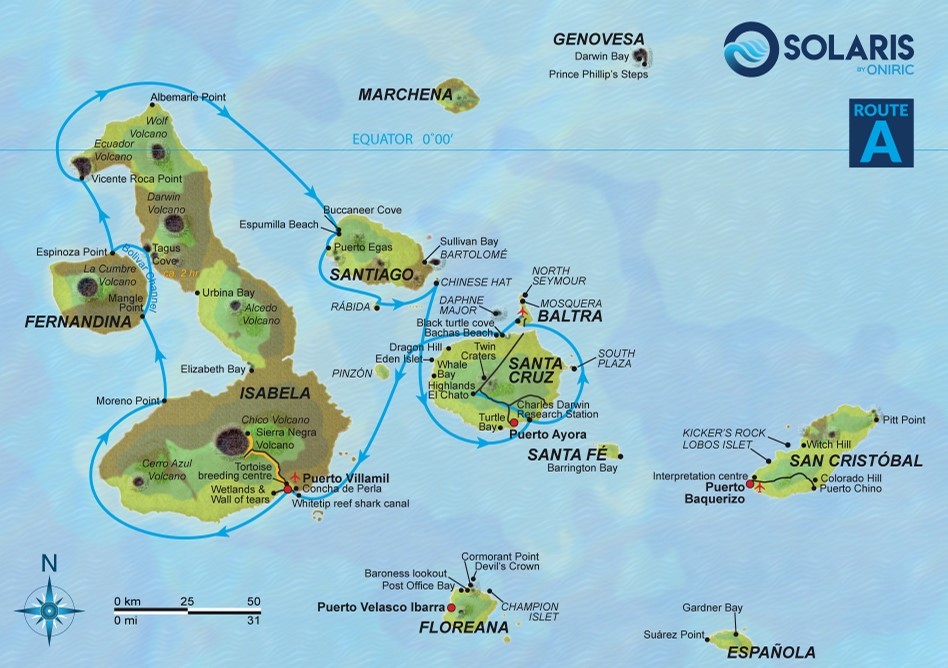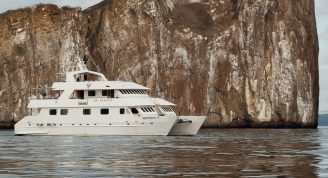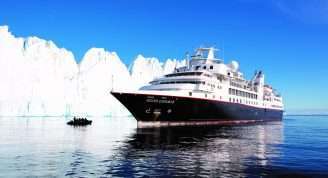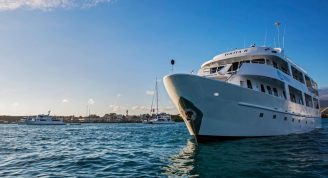Description
This exclusive 6-night itinerary primarily explores the remote western islands of Isabela and pristine Fernandina, which are both just recently born out of fire. After navigating clockwise around Isabela we will return to the heart of the archipelago to visit several sites on Santiago and its satellite islets, before finishing on and around Santa Cruz and North Seymour. This cruise itinerary includes two nights of quiet rest at fairly calm anchorage-sites.
Shorter and combination cruises are available, plase contact us for more information.
Trip Name
Galapagos Solaris Cruise Itinerary A
Days
7
Overview
Vessel Type: Motor Yacht
Passenger Capacity: 16
Lenght: 36 m
Built: 2019
Welcome aboard Motor Yacht Solaris! This beautiful and modern yacht comprises comfort and relaxation into one. There’s a special and unique feature that can’t be underestimated - this Galapagos cruise is 100% solo traveller friendly! You can forget about single supplement headaches and join one of our 5 main deck cabins! Furthermore, our trained crew & cruise director, assisted by our naturalist guide, will be ready to serve your every need, making your stay as comfortable as possible.


